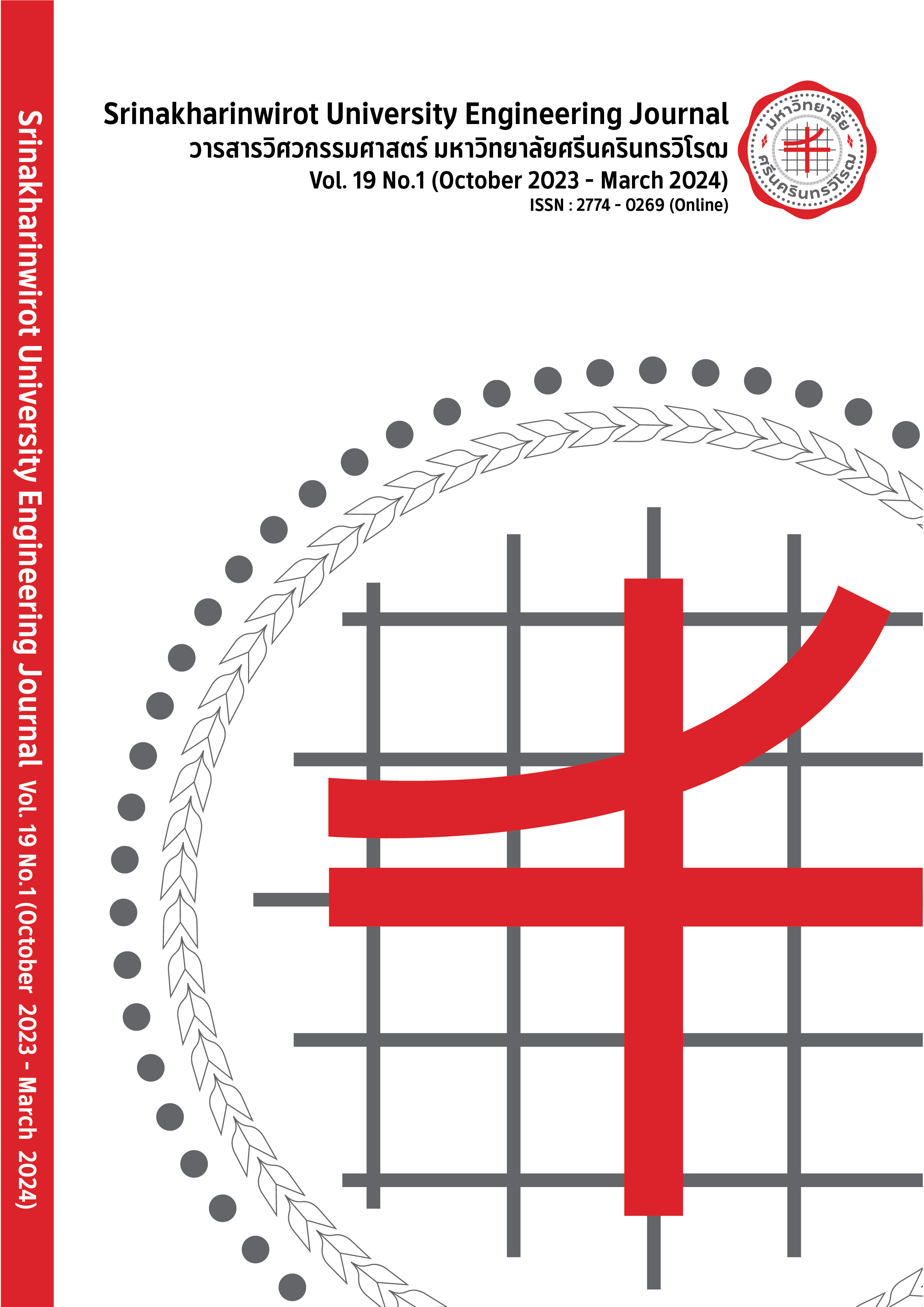The Contractor Selection Process in Order to Prevent Abandonment of The Construction Work in The Public Sector
Main Article Content
Abstract
This research aims to analyze the characteristics of construction projects under the supervision of governmental organizations whose contractors abandon the work before the end of the contract. The factors to be analyzed are those that cause the projects to be abandoned and the protocol and methodology for selecting the construction contractors to ensure they will not abandon government-led projects. The research was divided into two parts, including analyzing the companies who abandoned work from the blacklist reported of The Comptroller General’s Department for the fiscal years of B.E. 2555-2559 (2013–2016) and analysis of data obtained through surveys using statistical analysis of the surveyed component using exploratory factor analysis. The research results found that the type of construction projects that are abandoned most are 1) roads, bridges, and square tunnels construction, 2) projects procured under The Regulations of the Ministry of Interior on Procurement of Local Administration Agency, B.E. 2535 (1992), 3) the companies who are registered as Limited Partnership, 4) the company registration funds are less than 1,000,000 THB and 5) the values of the project are between 100,001–500,000 THB. Whereas the types of construction project that has a high overall value were found to be 1) building construction projects, 2) projects procured under The Regulations of the Office of the Prime Minister on Procurement, B.E. 2535 (1992), 3) the companies that are registered as Limited Partnerships, 4) the company registration funds are more than 10,000,000 THB and 5) the project's values are more than 10,000,000 THB. Analysis of the components of the factors contributing to the abandonment of governmental construction projects from 20 variables resulted in 4 categories of elements. These four components include 1) an inefficient financial and work management plan, 2) a lack of readiness of the main factor, 3) a lack of understanding of the required work and its working process, and 4) an inefficiency in the coordination of the project. Meanwhile, the analysis result of the components for the selection of contractors to prevent abandoning of construction projects under the government-led projects has 11 variables which can be categorized into two categories of elements: 1) work potential analysis is number 1 on the priority list, and 2) the failures in the past projects is ranked 2nd on the priority list. The results of this research should be used in considering the selection process of contractors for government-led construction projects to prevent abandoning the project at any point. Standardized criteria for selecting contractors should be set based on the company's potential to carry out the project. The first five variables that should be considered based on its priorities are 1) criteria for the appropriateness of personnel and personnel management plan, 2) financial status or cash-flow criteria, 3) criteria for assessing past projects or work portfolio, 4) criteria for checking the contractor's registration or license and 5) criteria for assessing the availability of machinery and machinery management plan.
Article Details

This work is licensed under a Creative Commons Attribution-NonCommercial-NoDerivatives 4.0 International License.
Copyright belongs to Srinakharinwirot University Engineering Journal
References
N. Wilaihong “Works abandonment by contractors leading to contract termination for government construction projects,” M.Eng. thesis, Program in Civil Engineering, Faculty of Engineering, King Mongkut’s University of Technology North Bangkok, 2014.
P. Kaewta, P. Tongindum and K. Tochaiwat, “Work abandonment problems in public construction projects by price search method before and after the support: a case study of the cabinet resolution passed on 17 June 2OO8,” Journal of Engineering, RMUTT, vol.7, no. 1-2, pp.78-87, 2010.
S. Wongsiwamongkol “A study of factors causing subcontractors to leave the job unfinished,” M.Eng. thesis, Program in Engineering and Construction Management, Faculty of Engineering, King Mongkut's Institute of Technology Thonburi, 2014.
S. Aumnioysombat, “Decision factors for building contractor prequalification,” M.Eng. thesis, Chulalongkorn University, 1997.
S. Chunlapan and I. Sirisawat, “Factor affecting procurement in construction by government agencies using electronic bidding (e - bidding) case study: Srinakharinwirot University,” Srinakharinwirot University Engineering Journal, vol.11, no. 2, 2016.
The Comptroller General’s Department, Ministry of Finance, Letter to inform the blacklist company for the fiscal years of B.E. 2013–2016.
The Regulations of the Office of the Prime Minister on Procurement, B.E.1992.
The Regulations of the Ministry of Interior on Procurement of Local Administration Agency, B.E. 1992.
The Regulations of the Ministry of Interior on Procurement of Subdistrict Administrative Organization, B.E. 1995.
The Government Procurement and Supplies Management Act, B.E. 2017.
K. Vanichbuncha, Principles of Statistics, Bangkok: The CU Book Center, 2016.
Y. Kaiyawan, Multivariate Statistical Analysis for Research, 2nd ed., Bangkok : Chulalongkorn University Press, 2014.
S. Mejang, Advance Statistics for Research: Theory and Practice, Bangkok: Chulalongkorn University Press, 2014.


